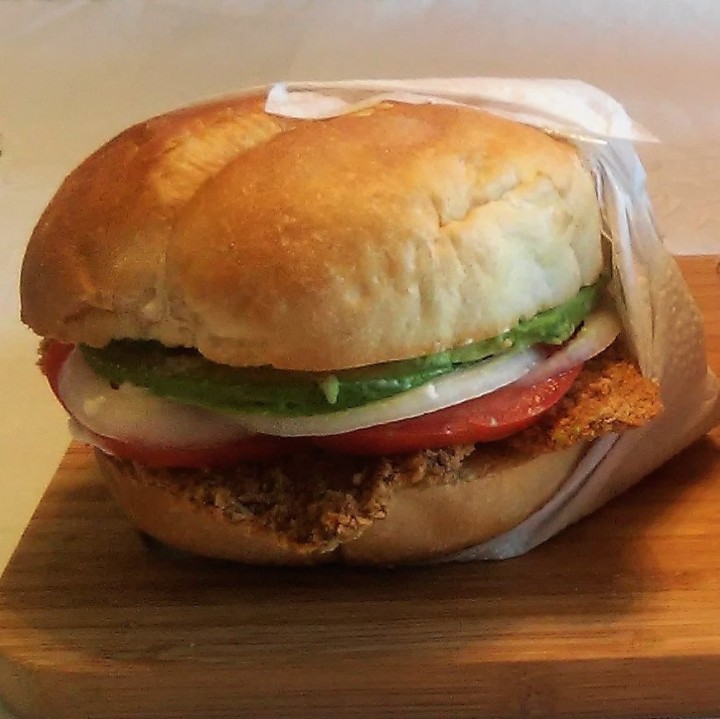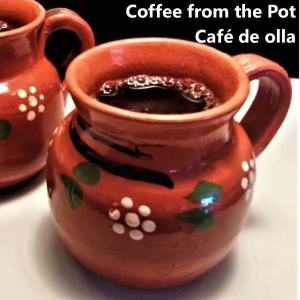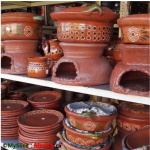

In Mexico, December 12th only means one thing: El día de Nuestra Señora de Guadalupe (the Day of Our Lady of Guadalupe). The story began in early December of the year 1531, barely a decade after the fall of the Aztec empire under Spanish rule; a Mexican native, recently converted to Catholicism, and baptized with the name of Juan Diego, was witness to three Marian apparitions. Then, on December 12, it has been recorded that he witnessed the fourth and last apparition to him. As proof, as instructed by the Lady, he collected some Castillian roses growing out of place and season in Tepeyac Hill, just outside Mexico City, in the site of the encounters; when he appeared before the clergy, he unfolded the robe where he had wrapped the flowers. The roses fell to the ground to reveal that an image of the virgin had been miraculously stamped on his humble cloth, called tilma (native men’s robe, from the Nahuatl name tilmàtli). The lady had requested a chapel dedicated to her to be built on the site of the apparitions, in the Tepeyac. The Codex Escalada depicts this apparition, and includes an authenticated signature of Fray Bernardino de Sahagún (circa mid 1500s); the Nican Mopohua, a document written in Nahuatl around 1556, tells the story of all the apparitions to Juan Diego, as well as one to his ailing uncle, and describes the supernatural origin of the Virgin’s image on the tilma.
The years after these events were contentious amongst the Catholic clergy in Mexico. Soon after the completion of the Spanish conquest, a systematic destruction of pre-Hispanic buildings and polytheistic temples had been implemented, in order to completely eliminate the native traditions and religion; this included the demolition of the site dedicated to a goddess, referred to as Tonantzin (meaning “Our Lady, Our Mother”) on the hills of Tepeyac, exactly the same site of the Virgin of Guadalupe apparitions. In addition, the Mexica deity had been celebrated by the natives each year around the day of the winter solstice which, strangely enough, occurred on December 12 for the year 1531. Because of these coincidences, and the fact that the lady on the tilma was dark skinned and had mestizo features, the religious coterie in Mexico thought it would encourage a resurgence of native beliefs, or justify a cult to the tilma and the Virgin based on idolatry. Even the name “Guadalupe” is believed, by some, to derive from a goddess name in Nahuatl, such as Coatlaxopeuh, or by others, to come directly from the town of Guadalupe, in Extremadura, Spain, also a site of a Marian apparition, but in the early 14th century (and the image of Our Lady of Guadalupe in Extremadura is also dark skinned!)
Members of the Dominican order, however, interpreted the apparitions as an unequivocal sign to embrace mestizaje, accepting both the Spanish name of Guadalupe, and the native features of the virgin, sometimes even referring to her as Tonantzin (Our Lady, Our Mother). By the mid 1600s, the Mexican Catholic church began to gather information about Juan Diego, and a formal investigation proceeded in 1723. In 1754, the Sacred Congregation of Rites in Rome recognized the apparitions and established the Feast of Guadalupe on December 12. Pilgrimages to the site in Tepeyac had begun even before this date, and have continued to grow. Several popes in the 20th century have proclaimed and honoured “Our Lady of Guadalupe” as: the “Patron of Latin America” in 1910; the “Heavenly Patroness of the Philippines” in 1935; “The Queen of Mexico and Empress of the Americas”, in 1945; “Patroness of the Americas” in 1946; “Mother of the Americas”, as well as “Mother and Teacher of the Faith of All American Populations” in 1961; Pope Paul VI gave the image a Golden Rose in 1966; Pope John Paul II visited her shrine in 1979, and again when he beatified Juan Diego there on 6 May 1990, and two years later, he dedicated a chapel within Saint Peter’s Basilica in the Vatican to Our Virgin of Guadalupe. Finally, in this Millennium, Pope Francis granted the image a second Golden Rose in 2013, and a gold-plated silver crown with an accompanying prayer to the image during his visit to the Basilica on February 13, 2016. Since 1531, there have been five structures erected in honour of the Virgin of Guadalupe, including shrines, a chapel, and two Basilicas. The current “Basílica de Santa María de Guadalupe” was consecrated in 1976, and still holds the original image of the Virgin on Juan Diego’s tilma, receiving between 17 and 20 million visitors every year.
The major pilgrimage, of course, begins every year on the first days of the month of December; people come from all around the world, travel from every corner of the country, and even walk for hours from Mexico City and other towns around the region, hoping to arrive on time for the early morning service on December 12, after the congregation sings the “Mañanitas” (Happy birthday Mexican song). And this is when the true miracle of the Virgen of Guadalupe continues, which is the power of bringing all her people together, manifesting through a general and stimulating atmosphere of thanksgiving: hundreds of people, business owners and neighbours gather along the roads that lead to the Basilica in Tepeyac Hill, carrying baskets filled with food, pots of steaming coffee, and bottled water, which they offer for free to the pilgrims. Many houses and stores open their doors, advertising hot meals or access to their washrooms, all free of charge, as well. When asked why they do it, the generous volunteers say they want to help the pilgrims, who come from far away to see the Virgin, and for many, it is their way to thank Our Lady of Guadalupe for the blessings received during the year.
These are some examples of the free food and beverages you might have found last night, or this morning, on the road to the Basílica de Guadalupe in Mexico (click on the images for my recipes, also free!):













Wonderful story again today! xxxxxx
LikeLike
Thank you, hugs back!
LikeLike
Really enjoyed reading the rich history here! A few days ago, I took a similar picture of Our Lady of Guadalupe as I visited a church nearby. It’s near the very bottom. I remembered her story faintly. https://theresaly520.wordpress.com/2018/12/10/december-10-colors-and-letters-challenge-dark-cyan/
LikeLike
I just saw your pics, really cool, Theresa!
LikeLiked by 1 person
Wonderful story, I remember the movie from when I was a child, and just enjoyed watching it
LikeLiked by 1 person
I’ve read bits and pieces of this story. Appreciate having it all in one place 🙂
LikeLiked by 1 person
Really enjoyed this piece of history, Irene.
LikeLiked by 1 person
Interesting story Irene. I enjoyed the food pics virtually. The mug is amazing. Looks like an Indian pottery
LikeLike
The mug is a classic Mexican “jarrito” (little jar), made of clay and hand-painted; thank you for your kind comments!
LikeLike
Oh wow.. I am barely getting this mug in my place. Love this kinda old fashioned vintage mugs.
LikeLiked by 1 person
Yes, I like them, too. In Mexico, all kinds of clay kitchen vessels and wood utensils are vintage, but also still made and sold at markets; many people have them in their kitchens as everyday items. I like that this tradition is still alive.
LikeLike
❤️❤️❤️
LikeLiked by 1 person
Hi Irene! I enjoy your post and learning about Mexican culture. Very nice!
LikeLike
Thank you so much, Debbie!
LikeLike